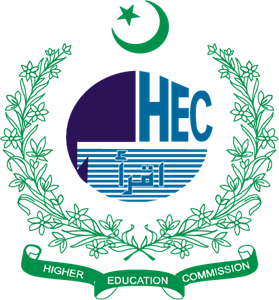Self-reported oral health status and associated factors among Afghan refugees in Peshawar Pakistan; a pilot study
DOI:
https://doi.org/10.52442/rjhs.v2i2.72Abstract
Introduction: Afghan refugees in Pakistan is the third largest refugee community in the world. However, till date, information about their oral health and disease burden is very limited. The current is aimed to assess self-reported oral health status, practices, dental care access and associated factors among Afghan refugees in district Peshawar, Pakistan.
Material & Methods: This pilot, cross sectional study was conducted on 644 adult Afghan refugees residing in district Peshawar from June to September 2020. Socio-demographic characteristics and data on selfreported oral health status, oral hygiene habits and dental care access was collected using self-reported oral health questionnaire. Statistical tests were applied to determine association between self-reported oral health status and participants characteristics using SPSS.
Results: Of all the respondents, majority (79.3%) were Pashtun by ethnicity and 41.6% did not obtain any formal education. Nearly all (97.2%) of them reported cleaning their teeth regularly, at least once a day with tooth brush and tooth paste being the commonest cleansing agents. More than half participants (58.1%) rated their oral health good/very good and 68.0% were satisfied with their dental appearance. Tooth ache and sensitivity were the most commonly reported oral problems. 28.7% of the participants never visited dentist in their life. Most of the participants (82.6%) felt need of dental care in the past one year but could not get it due to financial constraints. Significant association were found between self-rated oral health and age, marital status, country of birth, formal education and dentist visit (p < 0.05).
Conclusion: Afghan refugees in Pakistan have poor self-reported oral health status. Access to dental care and oral health promotion and educations programs are crucial to improve oral health of this vulnerable population.







